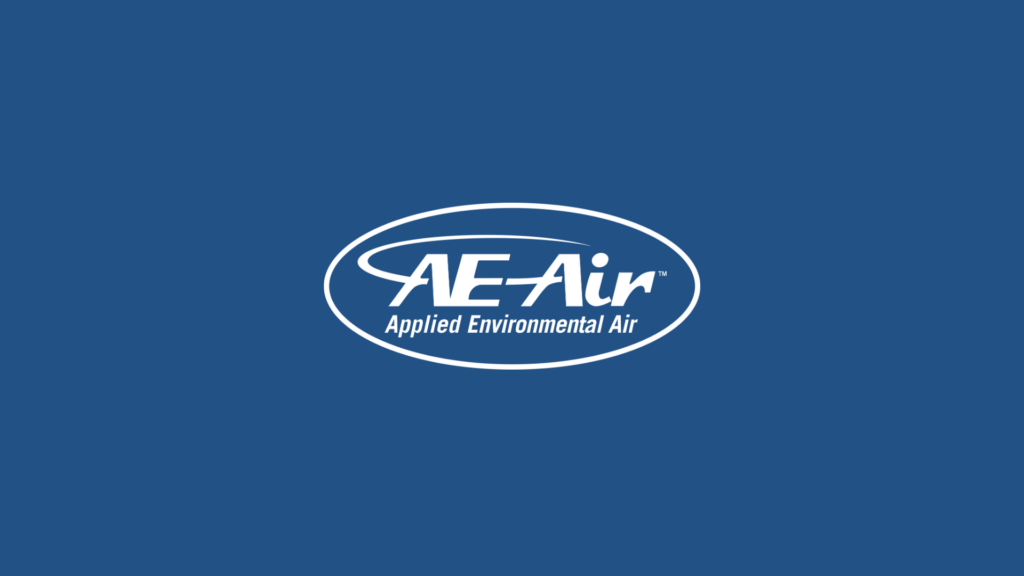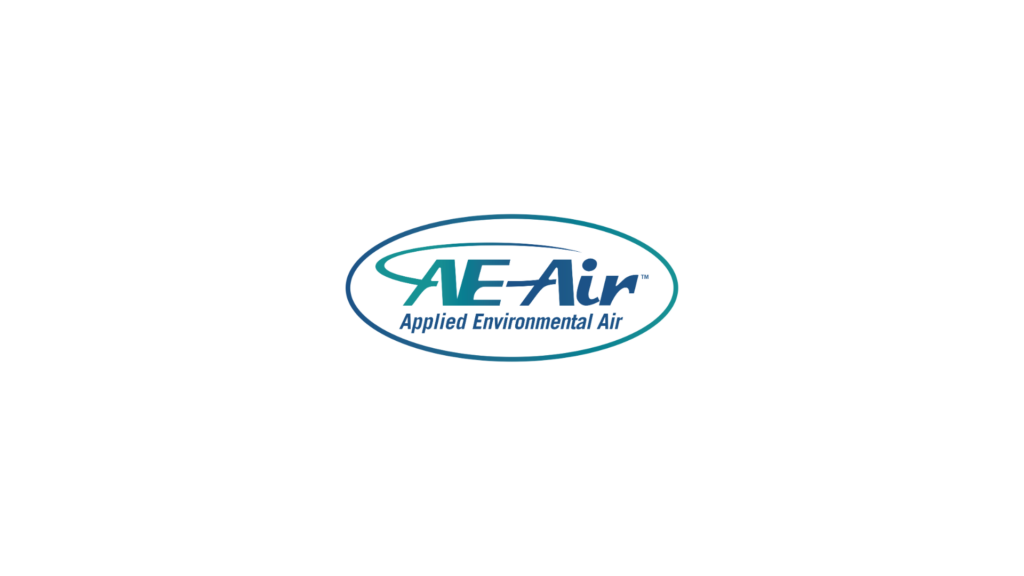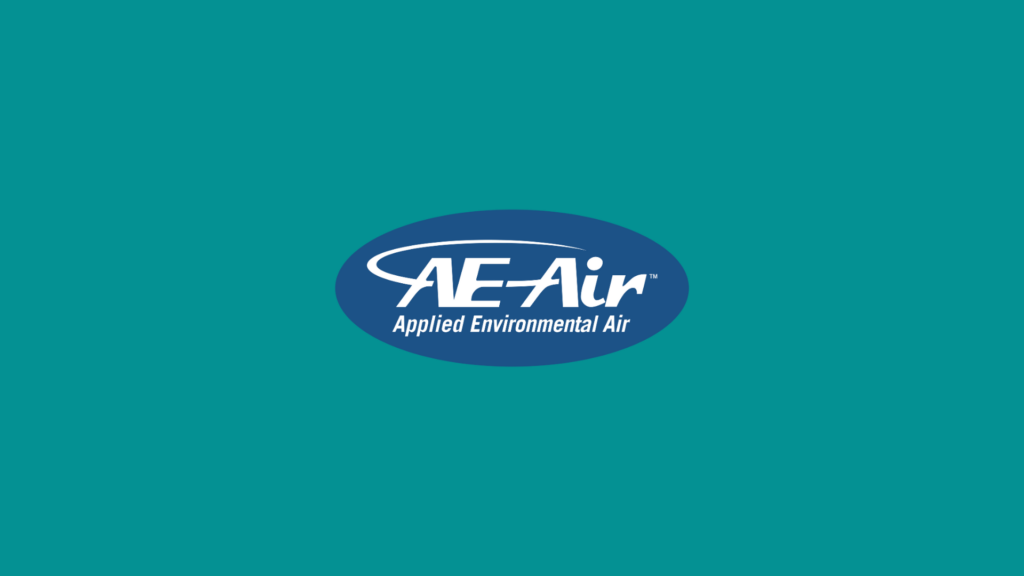Introduction
As the focus on sustainable and environmentally friendly building practices grows, the demand for efficient heating and cooling systems continues to rise. Vertical water source heat pumps have emerged as a preferred choice for green buildings, offering a sustainable alternative that aligns with the stringent requirements of eco-conscious developments. These systems tap into the earth’s stable temperatures to provide efficient heating and cooling throughout the year.
Vertical systems are particularly well-suited for high-density urban environments where space is limited. They’re embedded deeply into the ground, enabling them to efficiently use available space without disrupting a building’s layout or design. This application not only saves space but also supports the efficient use of resources, making them vital in achieving green building certifications.
The integration of vertical water source heat pumps in green buildings signifies a commitment to sustainability and energy efficiency. By harnessing natural geothermal energy, these systems reduce energy costs and minimize environmental impact, contributing significantly to the overall sustainability of the construction industry. Understanding their role can guide architects and developers in making informed choices for future projects.
Understanding Vertical Water Source Heat Pumps
Vertical water source heat pumps are an integral part of sustainable building practices, vital for energy-efficient HVAC systems in green architecture. These systems utilize the stable temperatures found deep underground to provide heating and cooling, making them highly efficient in maintaining comfortable indoor environments year-round.
The function of a vertical water source heat pump involves a closed-loop system where water circulates through a series of vertical wells, around 150 to 500 feet deep, effectively transferring heat to or from the building. This process allows for minimal energy consumption compared to conventional HVAC systems. By harnessing geothermal energy, these pumps reduce reliance on fossil fuels and contribute to lower greenhouse gas emissions, aligning with the goals of eco-friendly development.
Contributing significantly to sustainable building practices, vertical water source heat pumps help developers achieve green certification by reducing a building’s carbon footprint. Their ability to manage energy consumption efficiently makes them an attractive choice for projects looking to meet LEED or other sustainability benchmarks. Additionally, by integrating into the subsurface environment, they require less land area, making them especially suitable for urban settings where space is limited.
Vertical pumps offer developers a reliable solution for sustainable projects, enhancing energy performance while supporting environmental objectives. Their role in eco-conscious architecture is undeniable, as they promise long-term benefits both economically and ecologically.
Benefits of Vertical Water Source Heat Pumps for Green Projects
When planning green building projects, vertical water source heat pumps provide several compelling benefits. One major advantage is their significant contribution to energy conservation. These systems typically achieve higher energy efficiency ratings than traditional HVAC systems, resulting in substantial cost savings over time.
Energy conservation goes hand-in-hand with minimal environmental impact, another benefit of using vertical water source heat pumps. Since they utilize a renewable energy source—the earth’s natural temperature—they minimize reliance on non-renewable resources. This translates to a reduction in carbon dioxide emissions, helping buildings achieve sustainability targets.
These advantages align well with green building certification criteria, such as those set by LEED. Vertical water source heat pumps can contribute valuable points across several categories. They support energy and atmosphere goals by optimizing performance, and they enhance indoor environmental quality through improved air conditioning efficiency.
Moreover, these systems are low-maintenance, which means fewer disruptions and operational costs over the building’s lifespan. Vertical water source heat pumps are also quiet, a feature that promotes a more pleasant indoor environment—a crucial aspect of occupant comfort in green buildings.
For developers and architects, these pumps offer an opportunity to implement advanced systems that meet the increasing demand for sustainable building solutions. By aligning technological innovation with environmental stewardship, vertical water source heat pumps are proving essential in the realm of green architecture.
Installation Considerations for Green Buildings
Installing vertical water source heat pumps in green buildings requires careful planning and execution to ensure they operate efficiently and provide maximum sustainability benefits. One crucial factor is site evaluation. Conduct a thorough assessment to determine the geological conditions, space availability, and environmental impact. Proper site selection ensures that the system integrates seamlessly into the building’s design and optimizes energy use.
The depth and placement of the wells are fundamental to installation success. Ensure that vertical wells align properly with building specifications, including depth and spacing, to facilitate optimal heat exchange with the ground. Coordination with structural engineers and architects is essential to incorporate the system effectively into the building’s infrastructure without compromising its overall integrity.
By addressing these considerations, developers can create green buildings that not only perform efficiently but also enhance the overall sustainability profile.
Comparing Vertical and Horizontal Water Source Heat Pumps
Choosing between vertical and horizontal water source heat pumps depends on specific project needs and site characteristics. Vertical pumps are often preferred in areas with limited surface space but sufficient depth for well installation. They are ideal for urban settings where building density is high and land use is a concern.
Horizontal water source heat pumps, on the other hand, require more surface area for installation. They involve laying coils in shallow trenches, making them suitable for sprawling properties or rural areas where land space is more readily available. This type also tends to have lower installation costs compared to vertical systems.
Both systems offer energy-efficient solutions. Vertical systems generally provide slightly higher efficiency due to their deeper geothermal access, but horizontal systems may be more economical for specific site conditions. Strategic use of these systems can enhance a building’s environmental and economic performance, leveraging the strengths of each design to meet sustainable building objectives.
Conclusion
The integration of water source heat pumps, particularly vertical systems, into green building design represents a forward-thinking approach to sustainable architecture. These systems enhance energy efficiency and reduce environmental impact, addressing both ecological and economic concerns in modern construction. For developers, architects, and engineers, the choice between vertical and horizontal options allows flexibility in project design and execution, ensuring the best fit for each unique site and project requirement.
Discover AE Air’s full range of water source heat pumps, designed to support your green building projects with state-of-the-art technology. Whether it’s vertical or horizontal configurations, AE Air offers solutions tailored to enhance energy efficiency and sustainability goals. Reach out to us today to learn how our expertise can help bring your eco-friendly vision to life.



